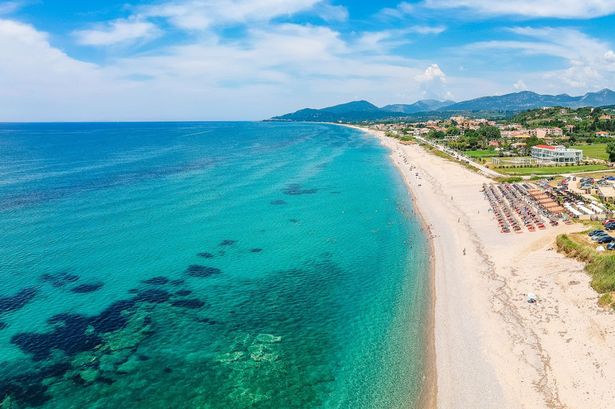easyJet is launching two new routes from Manchester Airport for summer 2026, with fares starting from £34.99 and £40.99 for the two sunny, beach-rich destinations
EasyJet is launching two new routes from a UK airport.
The budget airline has announced new routes for summer 2026 from Manchester Airport, with seats now on sale.
New connections to Montpellier in southern France will operate on Mondays and Fridays, starting on 30 March. Customers can now explore the historic city centre of Montpellier, visit the impressive Place de la Comédie, and enjoy the vibrant local cafés and markets. sunny Mediterranean climate and proximity to the coast. Fares will cost from £34.99.
EasyJet’s new route to Preveza in Greece will start from 24 June and operate on Wednesdays and Sundays, costing from £40.99. Preveza, part of the Epirus region, sits at the mouth of the Ambracian Gulf on mainland Greece. It enjoys stunning views over the Ionian Sea and is home to plenty of excellent beaches.
Do you have a travel story to share? Email [email protected]
READ MORE: UK Foreign Office’s ‘danger to life’ travel warning for one of world’s safest countriesREAD MORE: I’ve travelled to every part of Italy – I keep returning to one overlooked city
“Although this is an area largely untouched by mass tourism, you will find there‘s a pleasant buzz around during the summer months when the port is full of luxury yachts and boats and the street cafes are frequented by holidaymakers. Preveza has a charming seaside esplanade and a pedestrianised centre so you can spend many a leisurely hour browsing the various shops and stopping to eat and drink at the bars and restaurants,” writes Designer Travel.
“Preveza itself has a low-key charm and is worth stopping by if you’re in the area. True, there are no real tourist sites in town, but if you enjoy taverna-hopping then Preveza really excels. It has a cute old quarter packed with colourful tavernas and shaded alleyways. There’s lots of seafood on offer including the local specialties → specialities, shrimps and sardines. Yachts moor next to the wide cafe-lined promenade which runs between the town and water,” writes Steph of the Mediterranean Traveller
Preveza is mostly known for its international airport, Preveza-Aktion, which is small but served by seasonal European budget and charter airlines. It’s the primary gateway by air for those visiting the island of Lefkada and the region of Epirus, particularly the pretty resort town of Parga.
Kevin Doyle, easyJet UK country manager, said: “In our 30th year, we’re still as committed as ever to making travel easy and affordable for our customers in the UK. With two new routes and package holidays now available to book from Manchester Airport for next summer, we’re continuing to provide our customers in the Northwest with even more choice and connectivity at fantastic fares, and we look forward to welcoming them onboard.”
EasyJet has been growing in Manchester and this summer launched new routes to Izmir, Kalamata, Larnaca, Madrid and Rennes for the first time last summer and now operates 23 aircraft from the airport. This means easyJet will connect customers in the North-West with 88 routes throughout the UK, Europe and North Africa. EasyJet serves 22 UK airports, offering more than 630 routes to 140 destinations from the UK to Europe and beyond.



